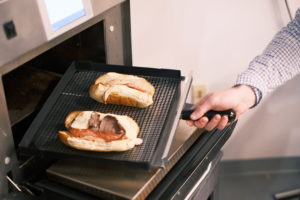
OEM PTFE vs. Secondary Market Products:
Why Choosing the Secondary Market for PTFE Smallwares in the Food Service Industry Saves You Money While Still Getting Equal or Better Quality When it
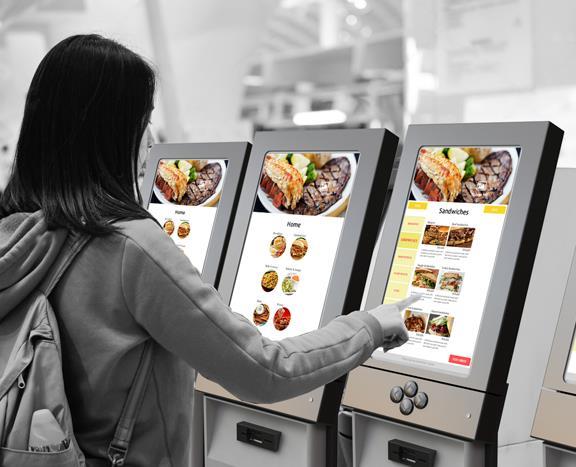
This is Part 1 of a multi-part series, in which we’ll explore innovations already underway in this new food service dealers landscape. We’ve rounded up data, market insights, experts’ analyses, and tools that can be applied to any B2B.
You haven’t had the year you expected. Your many well-laid plans, personal and professional, have buckled under a sudden and all-encompassing shift in day-to-day life, and as a result, you’ve had to adapt. At first, the changes felt astronomical, untenable, drastic. But in life, as it is in business, the changes you feared turned out not to be as challenging as you foresaw. What was deeply abnormal became the New Normal. Now it’s just the norm.
But now that your life, and your food service company, have begun to adjust to the new paces and new expectations of a culture largely shifted out of the public and into the private spaces of life, the challenge is on. How can the food service industry, from coffee spots and sandwich shops to B2B players, adapt to the new market demands? What are those demands and how can we be sure that they will stay constant? How can we learn from 2020, so that future market quakes and shifts aren’t so devastating?
We know from past blogs that one of the most radically shifting sectors in America is dining. We also know that consumers in the food service sector will only become tech savvier in the 2020s. We are entering the innovation phase, which should intimidate and thrill all players in equal measure. There is space now for growth, and as some restaurants pull down the grates permanently, others are already dialing into new approaches.
The dealer’s roll is twofold: anticipate needs and support their customers with higher quality products than ever before. Because as belts tighten, margins become razor thin. If you can ensure that each product you sell your customer— say, a PTFE oven liner —can be used an extra 10, or 50, or 100 times than a competitor’s product, congrats: you have just become an operational necessity.
Coffee shops are bundling drink orders and beans, and making local free deliveries. Boulangeries are bodegafying, and grocery stores are developing their own delivery systems. All dealers have to do is ensure each product is high value, and keep enough inventory on hand to fulfill orders on time, every time.
We’re bringing you this series as a way to begin a conversation that will involve a wide range of B2Bs, engaging readers across industries. We’re springboarding conversations within and among B2Bs, so we can mutually work towards new sustainable models for the future of our industry.
We want to hear your story. What problems are you facing during COVID? Let’s collaborate, to discuss your challenges and custom product needs.

Why Choosing the Secondary Market for PTFE Smallwares in the Food Service Industry Saves You Money While Still Getting Equal or Better Quality When it
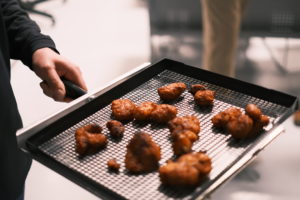
Commercial kitchens are bustling hubs of culinary creativity, constantly striving to meet the demands of a hungry customer base. However, a significant challenge faced by
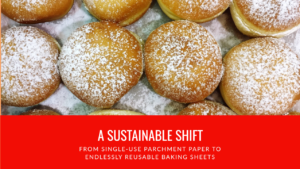
A Sustainable Shift: Silicone-Coated Parchment Paper vs. Reusable PTFE Baking Sheets In the realm of baking, the quest for sustainable alternatives has led to a
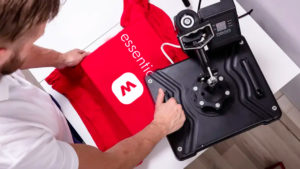
Have you ever wondered about the magic behind non-stick pans or the effortless glide of your kitchen tools? The secret ingredient lies in a remarkable
7637 Euclid Chardon Rd
Kirtland, Ohio 44094
Phone Numbers
Toll Free: 888-975-0405 | Local: 330-975-0405 |
Fax: 888-201-1196
(C) 2024 Essentialware. All Rights Reserved.